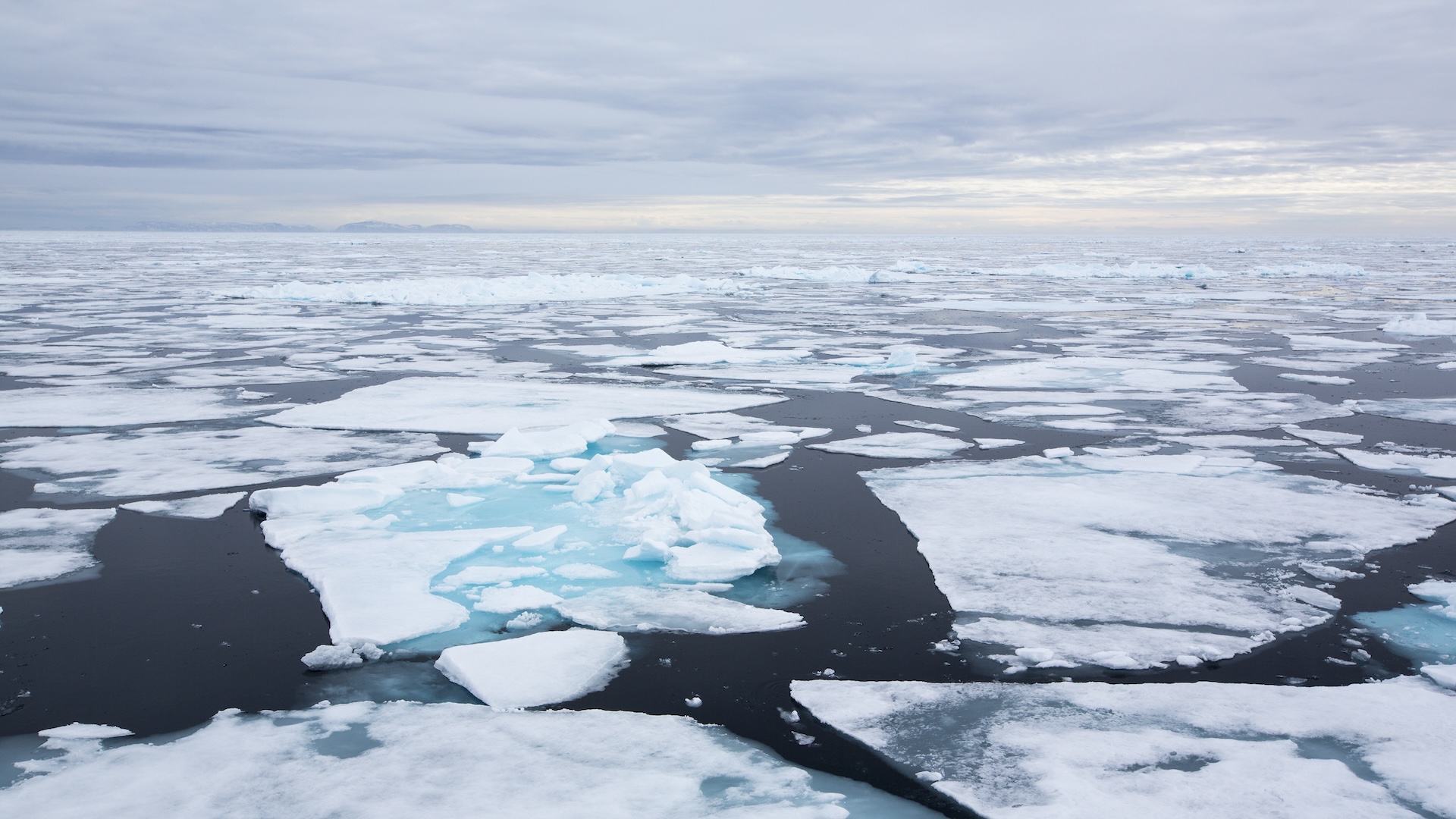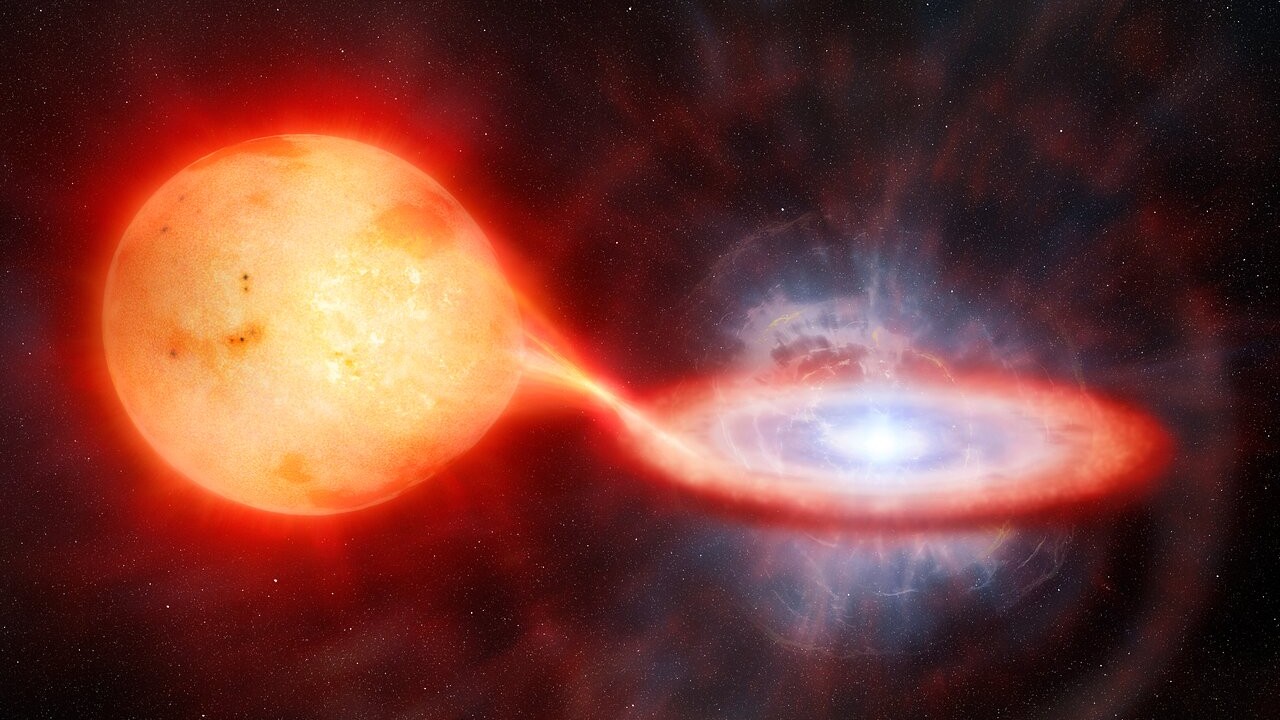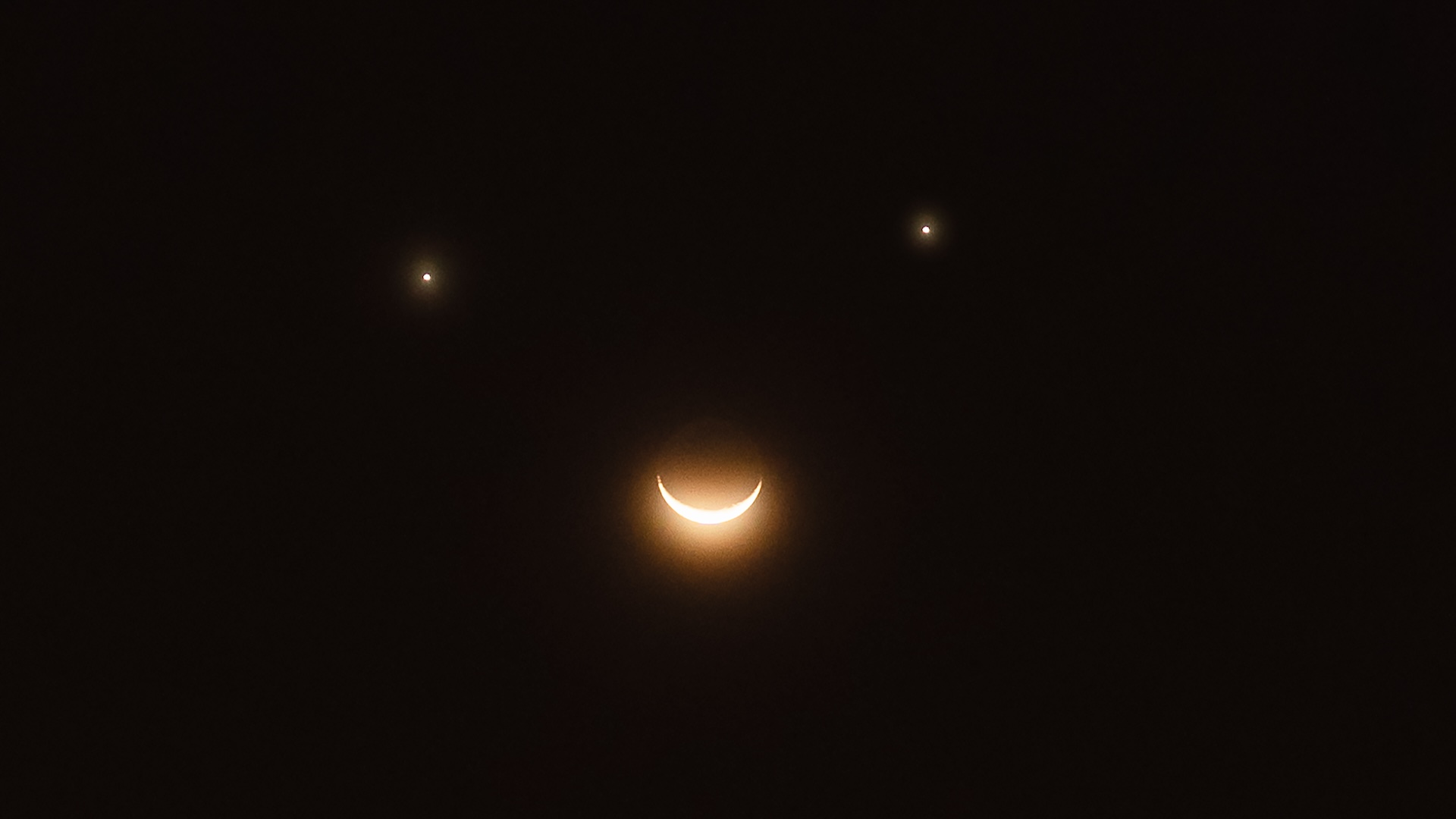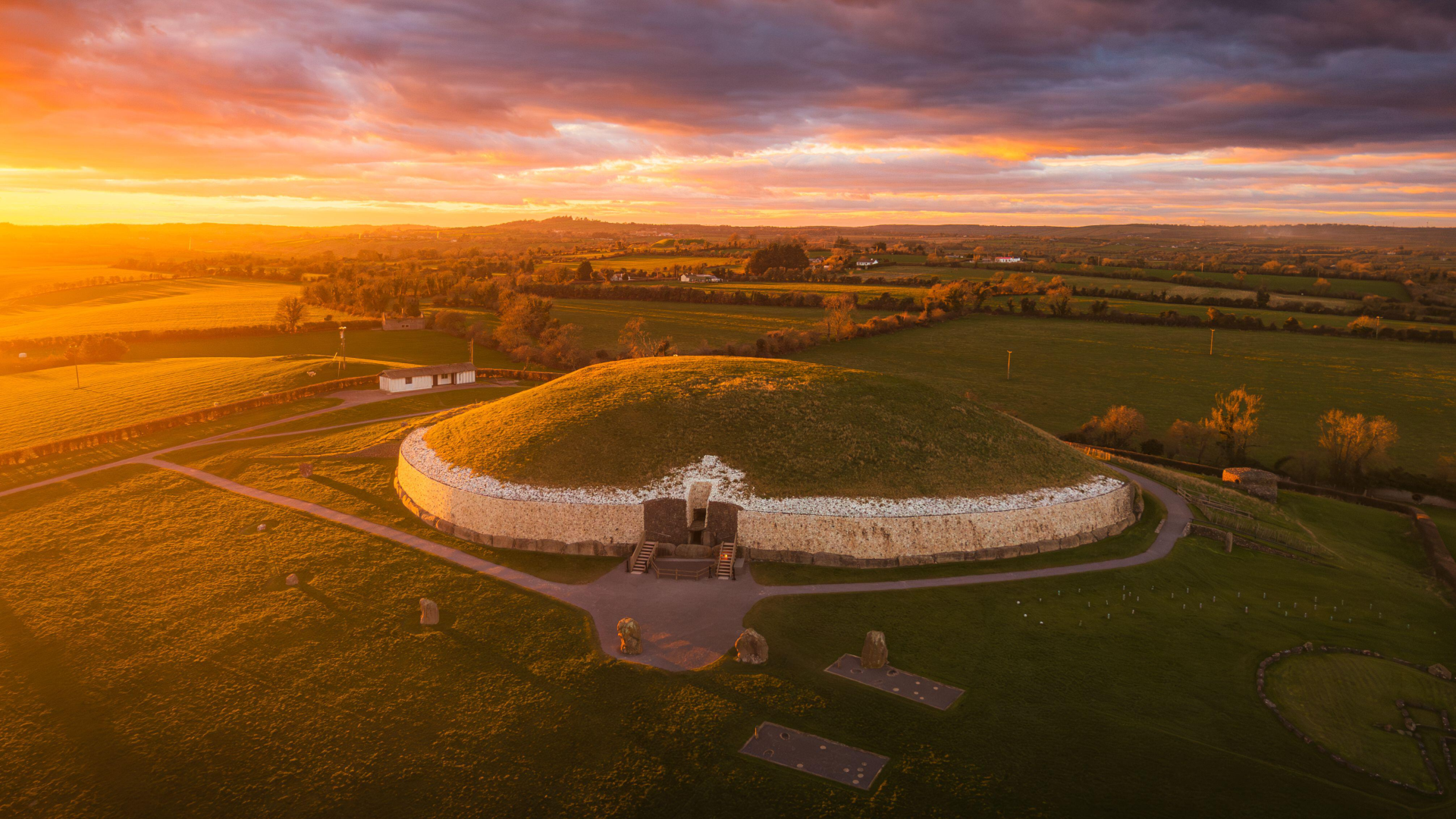Spectacular 45-foot-tall 'ice volcano' appears in Kazakhstan
It erupts with spring water.

A lofty "ice volcano" has popped up in southeastern Kazakhstan, where the hollow cone is erupting with sprays of spring water that freeze into teensy ice crystals that fall again onto the brilliant-white cone.
The ice structure sits on top of a hot spring, according to Business Insider, which sprays water out of the top like an erupting volcano. It is not actually a volcano, which forms through the eruption of lava, ash and gases, but the buildup of frozen spring water means the structure reaches an impressive height of 45 feet (13.7 meters), according to Business Insider. As such, the tower of ice is sometimes called an ice volcano.
The ice structure, located near the village of Kegen in Kazakhstan's Almaty region, is a popular attraction among residents of there, according to the Kazakhstan travel and news website Tengri Travel, and visitors have been posting images of themselves next to it on Instagram.
Related: Wow! Wild volcanoes in pictures
Incredible Earth: $22.99 at Magazines Direct
The planet we live on is a remarkable place. But have you ever wondered how or why these things occur? How the Earth was made? How we predict the weather? How fossils form? What causes earthquakes or which animals glow in the dark? "Incredible Earth" reveals answers to these questions and more on a thrilling journey through everything you need to know about our world — and with gorgeous photography and insightful diagrams along the way!
The term "ice volcano" is usually given to similar ice structures that can appear around the edges of large bodies of water, such as lakes, rather than on hot springs as the Kazakhstan one has, Live Science previously reported.
They form in freezing temperatures when waves create enough pressure to crack the surface ice along a coastline and force a spurt of water out, which then freezes to create a cone, Live Science previously reported.
Ice volcanoes formed along the edge of Lake Michigan last February when wind conditions were ideal for forcing waves underneath the shoreline ice. "It's almost a 'Goldilocks' situation where you need just the right conditions over a period of time to get these [formations] to develop," Matt Benz, a meteorologist for AccuWeather, said in a news report at the time.
Sign up for the Live Science daily newsletter now
Get the world’s most fascinating discoveries delivered straight to your inbox.
Originally published on Live Science.

Patrick Pester is the trending news writer at Live Science. His work has appeared on other science websites, such as BBC Science Focus and Scientific American. Patrick retrained as a journalist after spending his early career working in zoos and wildlife conservation. He was awarded the Master's Excellence Scholarship to study at Cardiff University where he completed a master's degree in international journalism. He also has a second master's degree in biodiversity, evolution and conservation in action from Middlesex University London. When he isn't writing news, Patrick investigates the sale of human remains.










